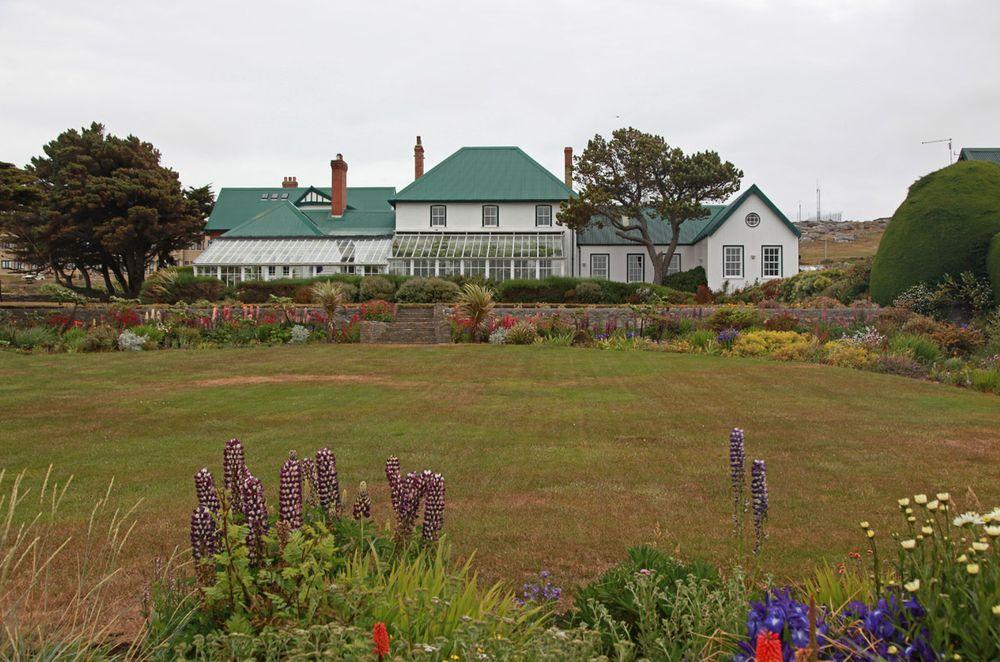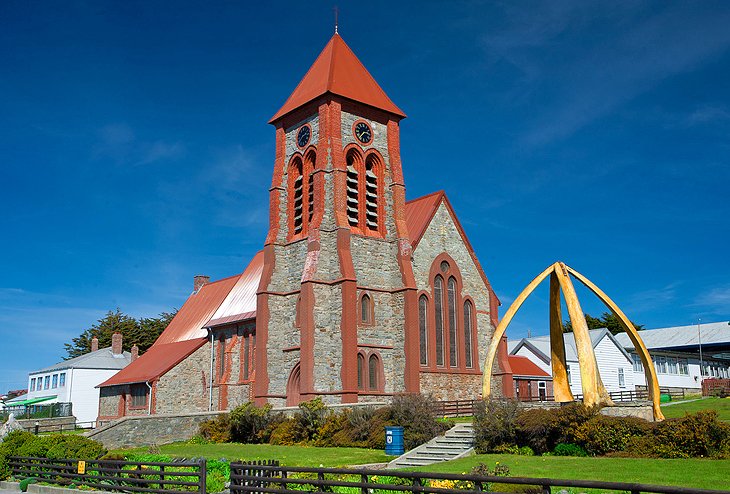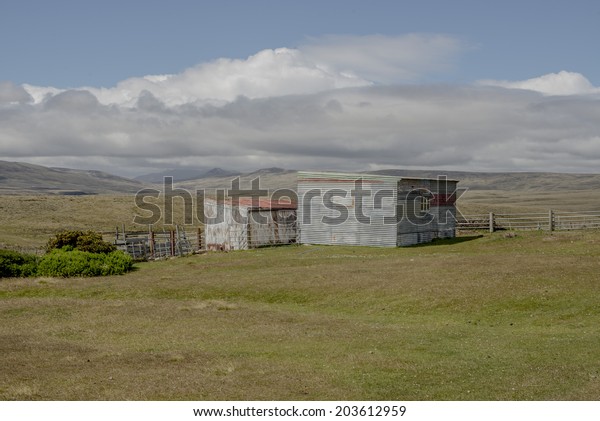Falklands' capital Stanley three oldest buildings incorporated to new museum

Falkland Houses For Sale
.jpg)


Falkland’s fortunes were closely linked with the weaving of linen. In 1792 there were 231 weavers in the village, probably about a third of the population. Other buildings in the village reflect other phases of its history, and other industries including brewing. A walk around Falkland is a remarkable experience. This is a list of buildings and structures in the Falkland Islands designated as being of architectural or historic interest, updated per 19 January 2006. Wikipedia has an article called ‘List of listed buildings in Falkland, Fife’: it lists over 100 buildings in the old Parish of Falkland, but has pictues for only nine of them. There was a project about 20 years ago to photograph every listed building in England; Falkland would be leading the way for a similar project in Scotland. Falkland is very rich in historic and interesting buildings. Very many of them are Listed Buildings – buildings listed by Historic Environment Scotland for their special architectural or historic interest. But it's not easy to find out about the buildings or even where they are.

The location of the Falkland Islands new Historic Dockyard museum to be opened to the public next Friday, adds to its historical importance and incorporates three of the oldest buildings in the capital Stanley built in the 1840s. Store House Nº1 is the largest converted space and is known locally as the Central Store, the Black Smiths shop several other small buildings have also been renovated from their neglected states and converted into exhibition spaces.
Historic Buildings Falkland Fife
The jail, which also dates from the 1840s, will follow in a later phase.
The Dockyard Site project team have worked hard to preserve the integrity of the buildings, “We’ve restored the historical buildings on the site and kept, restored and renovated to keep true to the integrity of the buildings,” said Museum Manager Leona Roberts.
The RT station, which is a listed building in its own right was relocated to the site to showcase the evolution of radio and telecommunications. The RT hut was a lifeline to Camp in the 1900s. It enabled radio and telecommunication links to Stanley for teachers to give lessons, doctors to give medical advice, and in 1982 for school children to update their parents in Camp that they were safe.
The Dockyard Site boasts an impressive collection and will be an “asset to the whole of the Falklands” with space to showcase our history. “It’s not just about collecting items from the past, it’s about showing why they are important, what story it tells and how our society has evolved from those early experiences.”
Through hours of research at the archives and tracking down personal accounts and family history it has really added life to the collections, “we’ve worked hard to get the personal stories behind the objects that were on show or in storage at Britannia House (the old museum site).”
“You can track the evolution of Falklands society from its earliest links and follow the history through families who have been here a long time and those that are new,” said Mrs Roberts.
“In designing our 1982 war exhibition we’ve made an effort to show experiences of the 1982 war from Falkland Islander’s perspectives. The exhibit includes a lot of audio and visual elements and we hope it shows the huge impact that the invasion had on the lives of the Falkland Island’s people and families.”
